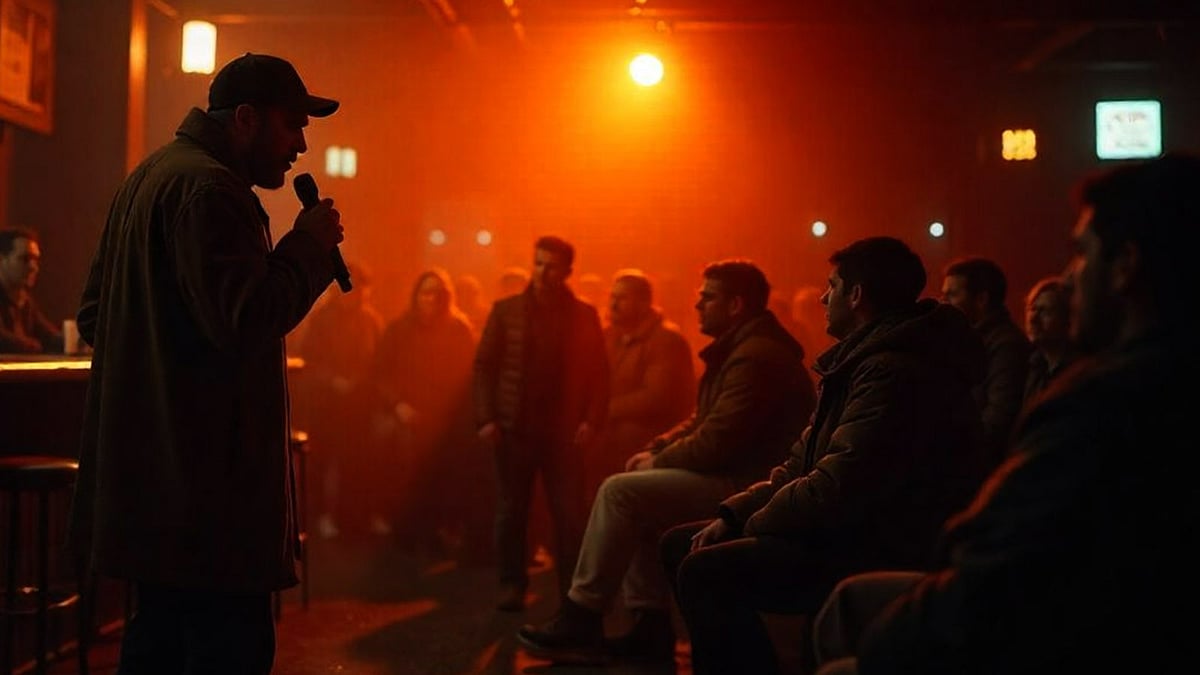 |
|
The Supreme Court's recent judgment quashing a First Information Report (FIR) filed against Congress Member of Parliament (MP) Imran Pratapgarhi highlights the crucial importance of safeguarding free speech and artistic expression in a democratic society. The FIR, registered by Gujarat Police based on a complaint regarding a poem uploaded by Pratapgarhi on social media, invoked several sections of the Bharatiya Nyaya Sanhita (BNS), including those related to imputations prejudicial to national integration, deliberate acts intended to outrage religious feelings, and uttering words to wound religious sentiments. The Court's strong condemnation of the invocation of these provisions underscores the potential for misuse of such laws to stifle dissent and suppress artistic creativity. The case serves as a potent reminder of the need for judicial vigilance in protecting fundamental rights against overzealous or politically motivated prosecution.
The poem in question, titled “Ae khoon ke pyase baat suno…,” which translates to “Oh, you who thirst for blood, listen…,” was deemed by the complainant to be inflammatory and inciting hatred. However, the Supreme Court, in its wisdom, recognized the poem's true intent: to critique injustice and express solidarity with those fighting for their rights. The Court aptly stated that the poem merely informs the rulers about the potential consequences of suppressing the fight for rights with injustice. This interpretation reveals a nuanced understanding of artistic expression, acknowledging its capacity to challenge power structures and advocate for social change. By dismissing the complainant's interpretation as “ridiculous,” the Court sent a clear message that critical commentary, even when expressed in strong language, should not be equated with incitement to violence or hatred.
The significance of this judgment extends far beyond the immediate case of Imran Pratapgarhi. It sets an important precedent for future cases involving allegations of hate speech or incitement based on artistic works. The Court's emphasis on the need to carefully scrutinize the intent and context of such works is crucial in preventing the chilling effect that can result from overly broad or subjective interpretations of laws designed to protect social harmony. The fear of prosecution, even if ultimately unsuccessful, can deter artists, writers, and performers from expressing dissenting opinions or exploring controversial themes, thereby impoverishing the public discourse and hindering the progress of society. The Court's judgment underscores the importance of balancing the need to protect vulnerable groups from hate speech with the fundamental right to freedom of expression, a right that is essential for a vibrant and democratic society.
Furthermore, the case highlights the potential for misuse of laws related to national integration and religious sentiments. These laws, while intended to maintain social order and prevent communal disharmony, can be easily weaponized to silence critics of the government or dominant religious groups. The vague and subjective nature of these provisions makes them susceptible to manipulation and abuse, allowing for the arbitrary prosecution of individuals who express unpopular or dissenting views. The Supreme Court's decision in this case serves as a warning against the overzealous application of such laws, emphasizing the need for a strict and narrow interpretation that respects the principles of free speech and due process.
The Court's reference to the potential for stifling free speech through the idea that art or stand-up comedy can lead to hatred is particularly relevant in today's polarized political climate. The rise of social media has amplified the reach and impact of artistic expression, but it has also created new avenues for censorship and the suppression of dissenting voices. The fear of online backlash or legal repercussions can deter artists from engaging with controversial topics or expressing opinions that challenge the prevailing narrative. The Supreme Court's judgment serves as a bulwark against these trends, reaffirming the importance of protecting artistic freedom and ensuring that artists can express themselves without fear of reprisal.
The implications of this ruling are wide-ranging and deeply significant for the future of free speech and artistic expression in India. The Court's decision sends a clear message to law enforcement agencies and lower courts that they must exercise caution and restraint when considering allegations of hate speech or incitement based on artistic works. It emphasizes the need to carefully scrutinize the intent and context of such works, rather than relying on subjective interpretations or politically motivated complaints. The judgment also serves as a reminder to artists, writers, and performers that they have a constitutional right to express themselves freely, even if their views are unpopular or controversial. This right is essential for a vibrant and democratic society, and it must be protected against any attempt to stifle dissent or suppress creativity.
In conclusion, the Supreme Court's decision to quash the FIR against Imran Pratapgarhi is a victory for free speech and artistic expression. It underscores the importance of judicial vigilance in protecting fundamental rights against overzealous or politically motivated prosecution. The Court's strong condemnation of the invocation of laws related to national integration and religious sentiments serves as a warning against the potential for misuse of such laws to silence critics of the government or dominant religious groups. The judgment reaffirms the principle that artistic expression should not be equated with incitement to violence or hatred, and it emphasizes the need to balance the protection of vulnerable groups from hate speech with the fundamental right to freedom of expression. This landmark ruling will undoubtedly have a positive impact on the future of free speech and artistic expression in India, ensuring that artists can continue to express themselves without fear of reprisal and that the public discourse remains vibrant and diverse.
Source: Idea that art or stand-up comedy can lead to hatred will stifle free speech: Supreme Court
